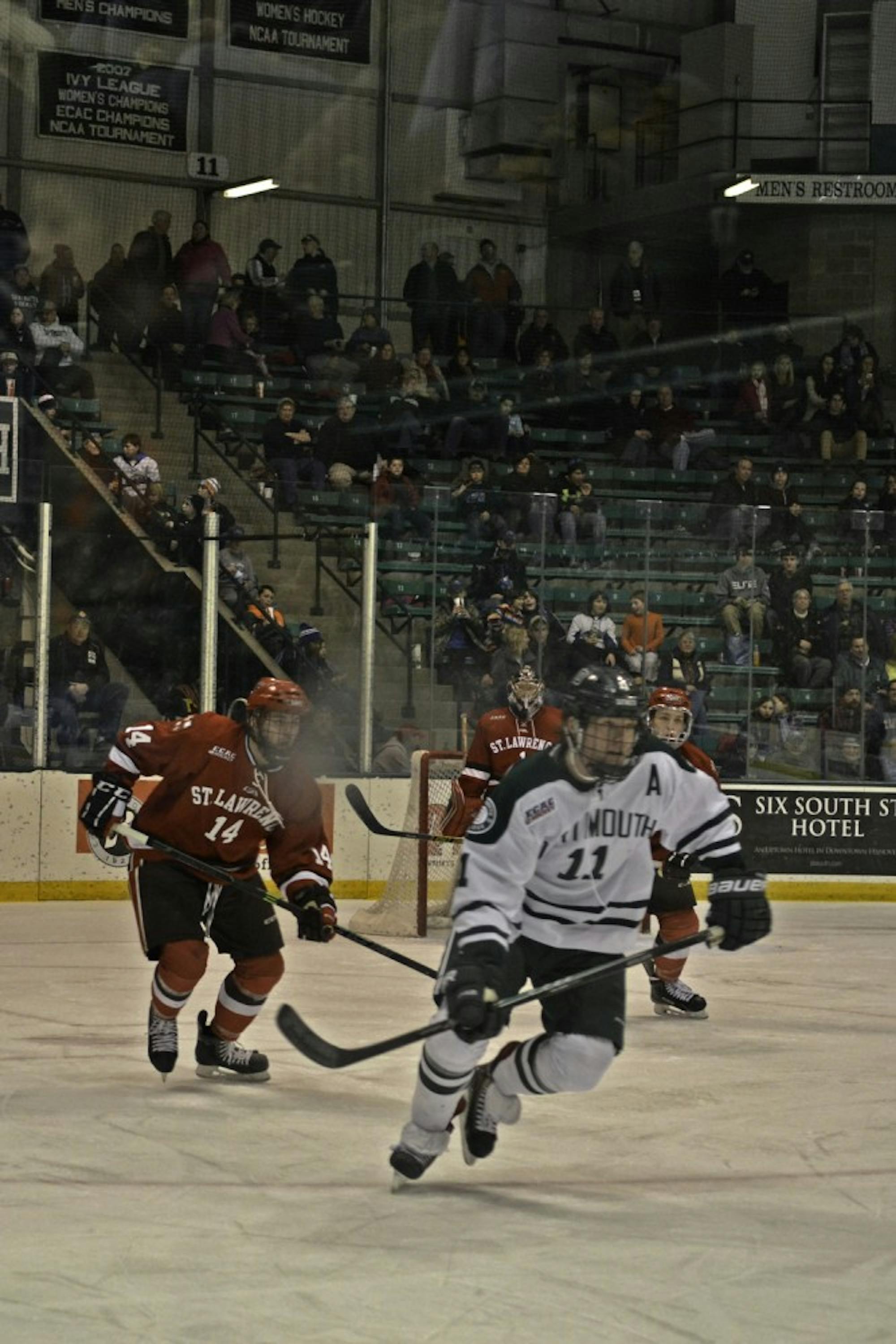8,415 days into the life of Eric Neiley ’15, both he and his brother, Kevin Neiley ’18, know the day that changed Eric’s life. With 23 years of life achievements from which to choose, the two brothers, in separate interviews, pinpointed the exact same day — the same moment even — with absolutely no delay or hesitation, as the start of Eric Neiley’s story. It was as if they were engaged in a tacit agreement, and they both decided: “Without a doubt, this is the day that Eric Neiley came to life.”
Sixteen years ago in the Wells Fargo Center — the brothers’ first Philadelphia Flyers game — Eric Neiley said he “fell in love” with hockey.
“Eric was unbelievably happy,” Neiley’s younger brother said. “I’ve never seen a kid love a sport more. It wasn’t very Eric. Eric is very stern-faced, but he was just all smiles and having a great time. It’s how he’s been ever since, how he is when he’s on the rink. That’s when he’s happiest.”
Though Eric Neiley does not come from what many might consider to be the typical hockey family, he went home after the Flyers game and immediately told his parents that he wanted take a turn on the ice. His dad didn’t come from a sports-heavy background — Neiley’s grandparents always pushed education first. Even when the Neiley brothers did start playing, their dad would always sit by himself to watch the games. Everyone in the family, Neiley said, is pretty mellow and laid back, with the stark exception of his younger sister, Bridget, who is the most talkative and outgoing of an otherwise quiet family. Bridget plays “everything but” hockey, Kevin joked, tired from all the days she spent on the other side of the glass.
“I talk to her all the time. We’re really close. I’m a protective older brother, I guess,” Neiley said, relaxed and sunken into a couch in Brace Commons, allowing the end of his words to trail off into laughter.
In that moment I laughed. I have always found the student who sat across from me to be extremely kind — responsive to my requests for interviews and even willing to meet up with me at places that were more convenient for me than him. The description sounded almost funny coming from that guy. Yet, there was another reason for the laughter that filled the room as we thought about him claiming that classic stereotype of the overbearing older brother. At least for me, the laughter stemmed from the humor I found in imagining potential suitors stumbling over their words, faced with the challenge of maintaining composure under the threat of Eric Neiley’s gaze.
Why? Because I’ve seen Neiley play hockey.
Criticized throughout his life as being “too small” for collegiate hockey, the self-identified 5’10” center is now one of the physically strongest players on the team, making up for his perceived height disadvantage by becoming one of the strongest pound-for-pound athletes at Dartmouth. He plays on his own shift, the power play and the penalty kill — and even has stepped in to run an extra half-shift when Charlie Mosey ’15 went down in the first period against Union College. Like most players 23 games into a season, he has his fair share of pains, but he’s not the kind of athlete to ever show it, men’s hockey head coach Bob Gaudet said.
Even in high school, Neiley played through pain. He once played an entire game of hockey with a ruptured kidney, which was damaged on the first shift and not treated until much later that evening, when Neiley was evacuated to a Boston hospital from Phillips Exeter Academy in Exeter, NH. He returned to the ice earlier than expected, tallying 40 points in 10 games.
Now, Neiley leads Dartmouth with the same drive and competitiveness which he used to silence the voices who believe more in the genetic advantage of physical size than individual drive. He sits atop the team’s charts in career goals and points, and he also leads the team in penalties this year — both in minutes served and number taken.
While there is no fighting in NCAA hockey (and not like the way there’s “no fighting” in the National Hockey League), Eric Neiley provides the Big Green a physical presence on the ice. Specifically, he brings that presence in the opposing team’s slot — a critical area to create a disturbance for any team’s offense.
When he plays, he says he’s a “very” emotional player, leaving a lot on his sleeve for teams and spectators to see. Line-mate Grant Opperman ’17 said at least three separate times in his interview that Neiley is “fearless.”
“He’s a beast,” Opperman said. “He’s not afraid to scrum it out. The guy competes hard. It’s pretty scary to go against him. I’m glad he’s on our team.”
It’s hard not to see in Eric Neiley today what his brother saw at the Flyers game 16 years ago —how he knew in that moment that this game would stay with him for the rest of his life. He’s a little taller than his seven-year-old self, a lot stronger and one kidney worse for the wear. Yet, some part of that kid remains — the kid going to his first ever professional hockey game, looking down on fresh ice, waiting, as he would so many times for himself, for the puck to drop.




